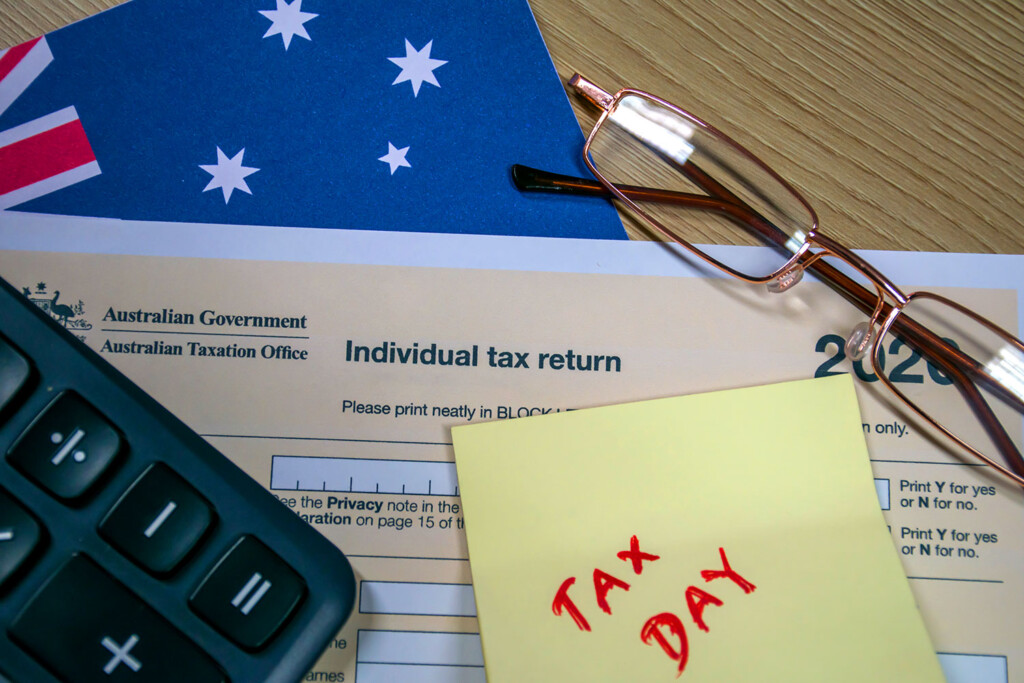If you’re selling a home for more than $750,000, you need to be up to speed on the applicable ATO Clearance Certificate laws. Given that the median dwelling value in Brisbane is currently hovering around the $770,000 mark, this represents a large portion of real estate sales in our city.
Today we’re going to give you an explanation and update on what the clearance certificate is, what they intend to achieve, and whether you should be thinking about it when you sell your home.
To begin with, let’s explain what Foreign Residents Capital Gains Withholding (FRCGW) is, because that is what a clearance certificate is all about.
What is Foreign Residents Capital Gains Withholding?
If you’re a foreign resident for tax purposes and you make a sale of a property worth over $750,000, there is a withholding tax of 12.5% to pay. The buyer of your property withholds this amount and pays it directly to the ATO.
This is designed to assist the ATO with the collection of foreign residents tax liabilities. The foreign resident making the sale still needs to lodge a tax return at the end of the year and declare their Australian income.
If you’re an Australian resident for tax purposes, you aren’t liable for FRCGW. Let’s find out what you have to do about it.
Australian Residents and FRCGW
You live in Australia, you’re a resident for tax purposes and you’re selling your home for above $750,000. Obviously you don’t want to pay the 12.5% withholding tax, and you’re not liable for it anyway.
The onus is on you to prove you’re not liable though, and you do this by applying to the ATO for a tax clearance certificate before settlement of the sale takes place.
The clearance certificate tells the ATO that the FRCGW doesn’t need to be withheld from the proceeds of the sale. This means the buyer doesn’t directly give 12.5% of the sale money directly to the ATO. It all comes to you, and when you do your tax returns at the end of the year you’ll figure out how much Capital Gains Tax you’ll need to pay on the proceeds of the sale.
Applying for the ATO Tax Clearance Certificate
The application is free to do, and you’ll need your TFN (Tax File Number) to do it. If the property is held in a company name, you’ll need the ABN of the company.
Here’s our advice in completing the application, and we really want you to take this on board: give yourself plenty of time. If you apply for it too close to the settlement date, it might not be ready on time. The ATO themselves even put this disclaimer out:
“cannot guarantee we can process it by the settlement date as we will not disadvantage those other applicants who applied earlier by delaying their application to process yours.”
Our recommendation would be to make the application at least 28 days before you need it. This will save any disruptions, because if you don’t present this certificate, the buyer of the property will withhold the 12.5% and pay it directly to the ATO. This will happen even if you are an Australian resident for tax purposes.
How Long is the Clearance Certificate Valid For?
The certificate is valid for 12 months from the date of issue. You can show the certificate to your buyer at any time during this period. If you have shown them and the certificate expires before settlement, they still won’t need to withhold the 12.5%.
Please also note it’s really important your details are accurate in the application for the certificate.The name on the Clearance Certificate must clearly match the Certificate of Title for the property. If your name has changed then proof of the name change needs to be supplied. This is very important to get right, as you’ll save yourself hassles down the track.
Exceptions to the ATO Clearance Certificate
Unfortunately there aren’t any exceptions. If your home is selling for above $750,000 and you’re an Australian resident for tax purposes, you’ll need to present the Clearance Certificate to indicate you’re not liable for Foreign Residents Capital Gains Withholding
If you are a foreign resident selling the home, then the 12.5% will be withheld by the purchaser.
Here are some resources from the ATO that will also guide you through the tax clearance certificate process:
Capital Gains Withholding: Impacts on Foreign and Australian Residents
What to Do When There’s No Clearance Certificate
Clearance Certificate Instructions for Australian Residents
 If you’re thinking of selling your home, have a chat with your accountant and real estate agent about the ATO Clearance Certificate. It’s an application process you want to do right.
If you’re thinking of selling your home, have a chat with your accountant and real estate agent about the ATO Clearance Certificate. It’s an application process you want to do right.
If you have any questions, remember Henry is always here to chat. Get in touch today!




